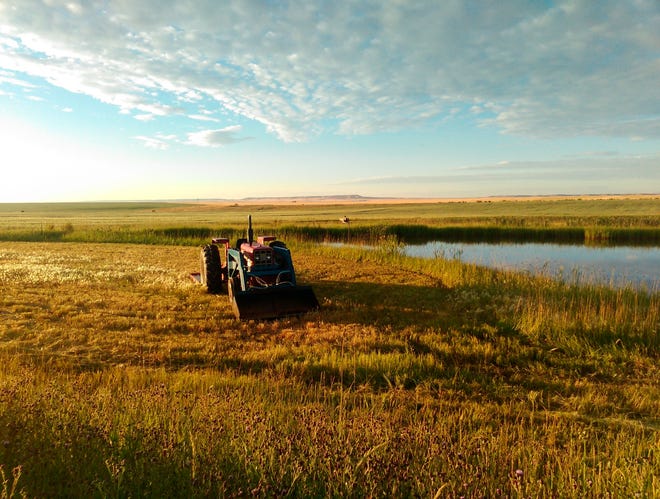Midwest farmland values up 2% in third quarter of 2020 under continuing stability

The Federal Reserve Bank of Chicago says farmland in the Seventh Federal Reserve District, which covers Iowa, Illinois, Indiana, Michigan and Wisconsin, is slightly up from this time last year due to several factors.
Some of those factors include rising agricultural product prices, government subsidies and low interest rates. The data was taken from a survey of 144 bankers in October, the vast majority of whom expect values to continue being stable through the end of the year.
A report from the Reserve said there has not been this high of a year-over-year increase in value in the past six years, with Wisconsin and Indiana being the frontrunners as their land values had significant jumps. Wisconsin's farmland values rose by 3% according to data.

After last year's challenging weather conditions, 2020 brought good corn and soybean yields, which helped influence land values as some states hit record yields and others came close. Corn prices are down from last year, though, as the commodity hit a nearly 10% increase in price from August to September, but a 10% decrease from last year. US Department of Agriculture predictions for prices and supply also lowered as we came closer to the draw of harvest.
Livestock prices also recorded a decent recovery from the economic crisis introduced in the spring by COVID-19. In September, prices for hogs, cattle and eggs were up 5%, 1% and 22% respectively compared to 2019. All-milk prices were still down since 2019 but the average for 2020 came up to a 1% increase.
One survey respondent said farmers will "end the year better than expected" due to these prices and government payments from programs like Dairy Margin Coverage and Coronavirus Food Assistance Program.
For agricultural credit conditions, the report said it was a mixed bag as demand for non-real-estate farm loans dropped for the first time in seven years. Availability of funds from agricultural lenders rose sharply compared to 2019 with only 4% reporting less availability than last year.

Bankers said their interest rates on new operating loans, feeder cattle loans, and farm real estate loans hit record lows this year at 4.65%, 4.79%, and 4.24%, respectively. They also reported a slightly lower rate of repayment in 2020 while also reporting an increase in loan renewals and extensions.
Overall, 82% of survey respondents thought farmland values would stay stable in the fourth quarter, while an optimistic 15% thought they would rise. And generally, respondents believe more land transfers will happen soon as farm owners seek to acquire more land.
"Another Wisconsin banker stated that because federal government payments have made up such a large share of net farm income in 2020, 'it will be hard for farmers to find a chair when the music stops,'" the report stated. "Until then, the circling continues while the District’s farms prepare for uncertain times ahead."